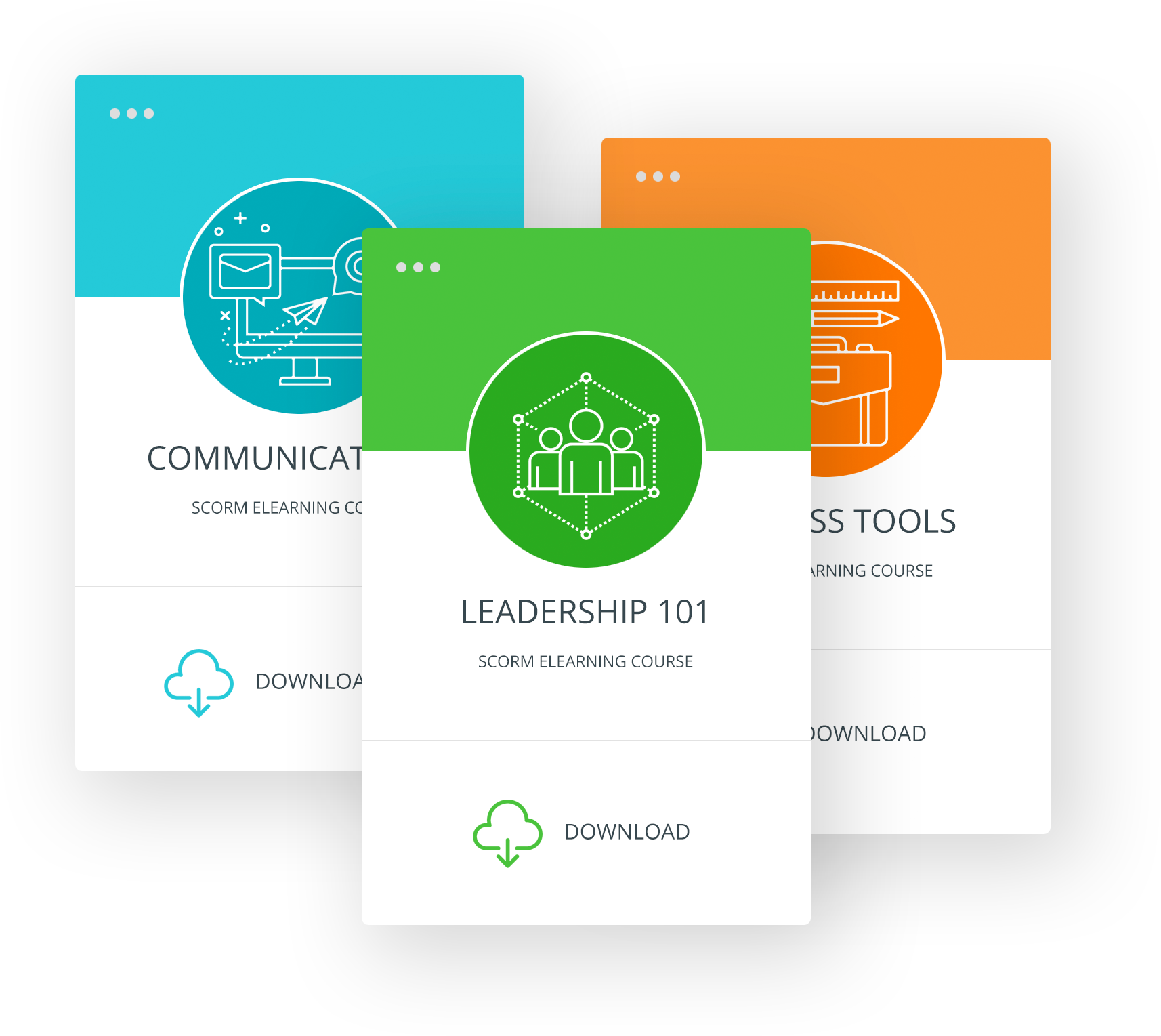Blended Learning: What is it and why all the fuss?
In 2014, 29.1 per cent of training hours were delivered through blended learning methods, and since then, that number has continued to grow. In this blog, we are going to explore what blended learning is, as well as why so many organizations and schools are turning to this approach for their teaching/learning method.
There are many definitions used to describe blended learning but simply put, blended learning happens when a portion of a traditional face-to-face class is replaced by web-based online learning. The amount of instruction that occurs face-to-face or online varies greatly depending on the organization, the learning objectives and the specific course. Terms such as hybrid, mixed or integrative learning are also used as alternatives to blended learning.
A blended learning approach often uses a Learning Management System (LMS) to support the learning that goes on in the classroom. The LMS offers learners access to course materials, calendars, activities, assignments and assessments that they may do on their own time.
Now that we have an understanding of what a blended learning approach is, let’s talk about why so many organizations are adopting this method.
- One of the most commonly cited reasons for using blended learning is 24/7, anytime, anywhere access. By offering learning materials online, students or staff can access the content at any time, wherever they are. This allows for learners to brush up on their knowledge and skills as they need, rather than waiting for a specific, scheduled training session. As the US Department of Education states:
“Transitioning away from seat time, in favor of a structure that creates flexibility, allows students to progress as they demonstrate mastery of academic content, regardless of time, place, or pace of learning.”
- Reduction in training costs/time marks a huge motivator for organizations to adopt a blended learning strategy. By offering resources online for easy access, employees no longer have to spend time away from doing their job, or spend days away from the office at training sessions. Companies also save money by not needing to hire an instructor, or rent training space.
For example, Rocketship Education, a charter school in the United States, uses a blended model called the Rocketship Hybird School Model which saves them $500,000 per school, per year in costs.
- Blended learning allows a more personalized learning experience. There are many different learning styles amongst learners and by using different methods of teaching, it allows for individuals to learn in the style they’re comfortable with. While one student may get a lot out of the classroom setting, another student may have struggled with a particular topic, and rather than missing that information, they can access the online resources and focus on the particular topic they struggled with.
Proponent of blended learning and co-founder of Clayton Christensen Institute for Disruptive Innovation, Michael Horn claims that blended learning is a “model that is student-centric, highly personalized for each learner, and more productive, as it delivers dramatically better results at the same or lower cost.”
In addition to this, the automatic reporting that an LMS generates allows instructors to gauge activities which were effective, and also to identify areas that need improvement.
- This leads into another benefit of blended learning which is the tracking that is available with blended learning. By using an LMS, every exercise, assignment and activity done by students or employees can be tracked. This allows for a much easier tracking of performance and skill development, while benefiting both the instructor and the students.
For students, it’s beneficial because they receive immediate feedback, while the instructor, saves time from manually grading assignments and exams, and can review performance reports to identify areas of strengths and weakness.
- Finally, by extending the classroom online, students have more opportunity for communication and group-work. Though some schools and organizations use social media to facilitate discussions outside of the classroom, many students like to keep their professional and social life separate. By using a web-based forum, such as an LMS – students can access forums, emails and instant messaging to communicate with the instructor, or other students. This allows students to work through topics together, and get answers to questions quickly, without having to wait until the next class or training session.
After reading this, you may be thinking about looking into a blended learning strategy, but aren’t sure how to organize the training. How do you determine what content should be covered in a face-to-face class setting, and what content should be taught online?
To determine this, I recommend that you consider the context of each, and what content would be most effective in each context. Take advantage of the face-to-face instructing time to teach in ways that are most effective face-to-face, such as live lectures, labs, or workshops, and use the online forum to supplement that with group discussion, additional learning resources, videos, instant messaging, games, activities and online assessments.
With that wide range of learning styles, you can really see how blended learning can appeal to all different learning styles, and how blended learning can be more effective.
Now that we’ve walked through some of the benefits of online learning, we can see why so many organizations and schools are beginning to implement this teaching method. The benefits of anytime, anywhere access allow flexibility to staff or students, while the reduction of costs and training time benefit an organization’s bottom line. The more personalized approach caters to students’ different learning styles, while the online reporting features built into most LMS allows instant feedback for students, and provides insight for instructors into what activities were effective, and what areas require more attention.
Sources Used:
https://elearningindustry.com/why-blended-learning-is-better
https://elearningindustry.com/blended-learning-advantages-and-disadvantages-in-corporate-training
http://dkfoundation.org/news/rocketship-hybrid-school-model-half-teachers-and-twice-pay
https://www.mindflash.com/elearning/what-is-blended-learning/)


